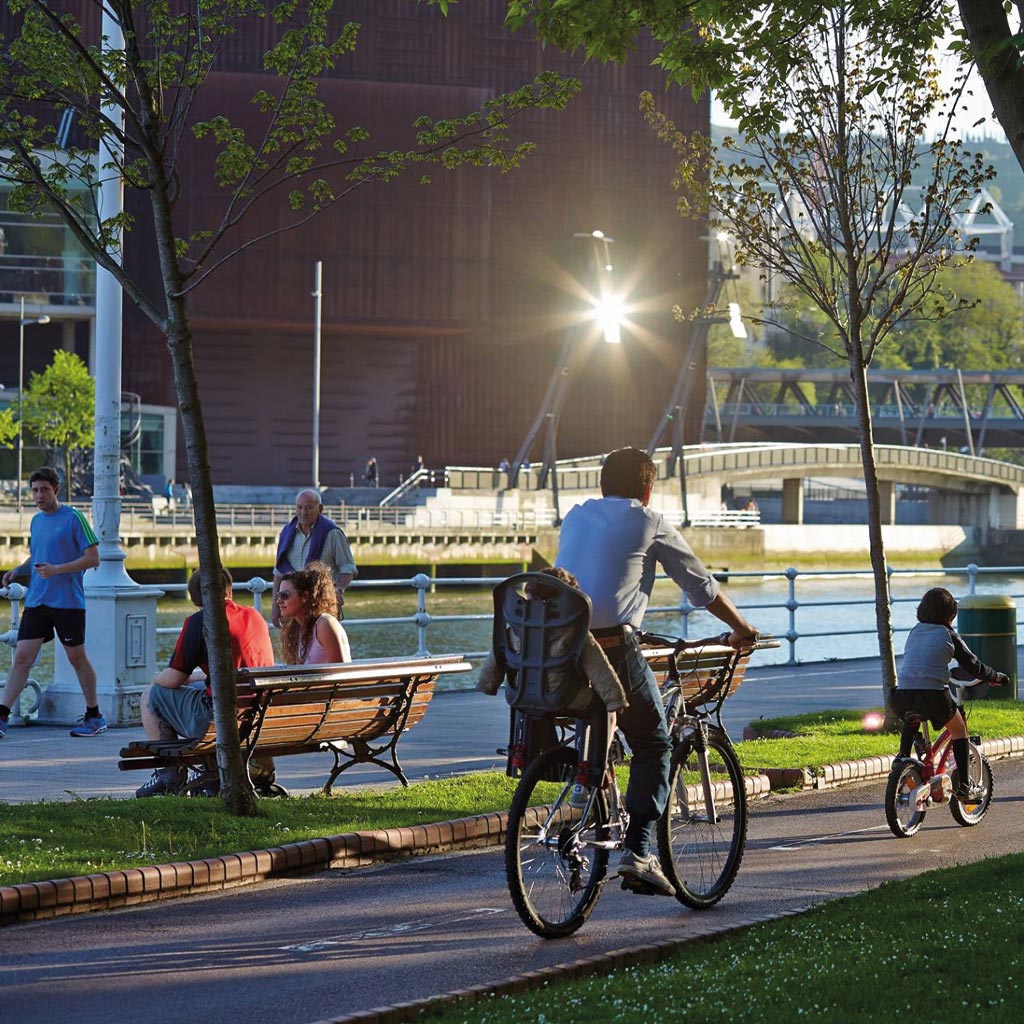Continuous social and economic development
The Villa of Bilbao was founded in 1300 by Diego López de Haro, although there were already some small settlements at both sides of the river estuary, where nowadays the Old Quarter and Bilbao la Vieja are located. A decade later, María Díaz de Haro, Lady of Biscay, granted a new town charter that further extended the trade privileges of the Villa, making it the obligatory passage for all trade from Castile towards the sea. Soon, the Port of Bilbao gained relevance and it caused a constant social, economic and urbanistic development to the city during the XV, XVI and XVII centuries.




















